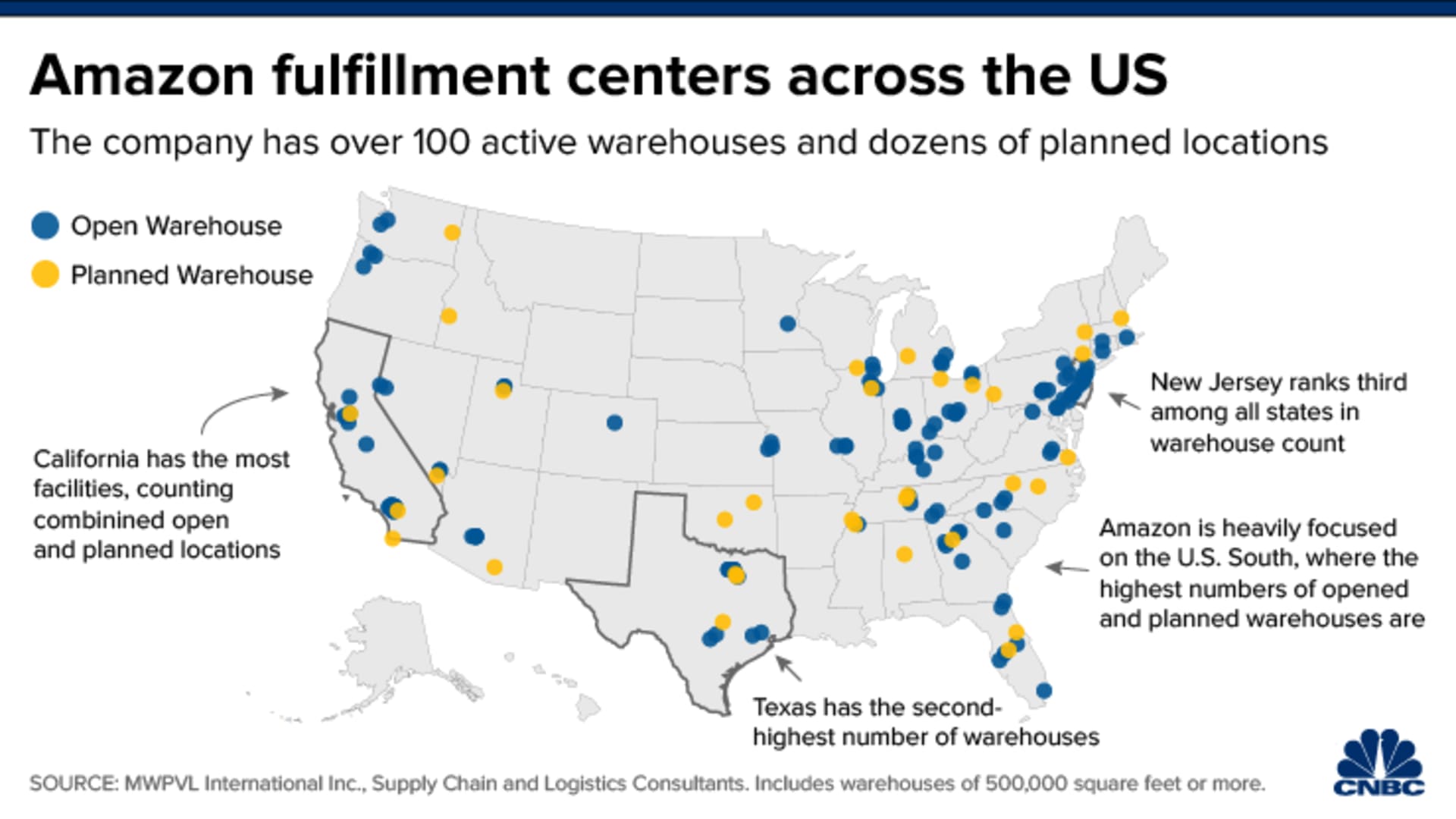Week 4 - Distribution is everything
The concept of "distribution" has been on my mind lately. I say this loosely, because distribution can mean so much in a physical sense. Think sending something in the mail and having it move from point a to point b. But so many things in modern everyday life is centered around digital distribution as well. Streaming in a lot of ways is synonymous to distribution. Think music, video, text ala newsfeeds. So when these two worlds blend and we hardly see it, it's always fascinating at how it's even possible today.
Arming the rebels of eCommerce...

Shopify, the e-commerce company that’s coming for Amazon - Vox
Shopify is a billion dollar company, but it wants to do much more.
“When the time comes for Shopify to be a complete, holistic ecosystem from start to finish, they’ll have touchpoints around the country to help you get packages from point A to B as efficiently as possible,” he says. “A lot of people don’t see what they’re doing, but that’ll be the end result.”
The build-out of a nationwide logistics and fulfillment network plays into the Shopify versus Amazon narrative. But perhaps those aren’t the only players to worry about. Success in e-commerce often comes down to friction, and the lack thereof, and many new players see opportunities to shake things up.
Instagram has recently pushed into commerce, launching a sales feature in April that makes it possible for the influencer seller to market and monetize their audience directly from the platform. Both Miller and Padelford will tell you that’s actually to Shopify’s advantage; merchants may find new platforms to sell, but they still need a system that can tie everything in together, and Shopify still offers that at an affordable price. There’s also the threat of new platforms launching.
A physical footprint of Prime delivery

Map of Amazon warehouses
Within the last two decades, Amazon fulfillment centers have popped up in almost every corner of the U.S., as the company pushes to bring items closer to customers to enable faster deliveries.
Amazon launched its warehouse network in 1997 with two fulfillment centers in Seattle, Washington and New Castle, Delaware. The company began adding new locations at a rapid pace in 2005, according to MWPVL International, a supply chain and logistics consulting firm.
Within the last two decades, Amazon fulfillment centers have popped up in almost every corner of the U.S., as the company has pushed to bring items closer to customers to enable faster deliveries. Amazon doubled down on that effort last April when it announced it would shorten Prime's two-day free shipping plan to one day.
This map shows where Amazon's fulfillment centers are scattered across the country. Amazon said it has more than 110 active fulfillment centers in the US and more than 185 centers globally. Of the centers on the map, 33 are planned locations that have either been confirmed by Amazon or published in media reports.
The act of pulling information out
https://twitter.com/mbostock/status/1221111500514848768
Pre-attentive processing is our ability to instantly, subconsciously pull information out of an image. An example is finding a red circle within a cluster of blue circles.
Pre-attentive processing is extraordinarily effective, but ONLY if there’s a single visual variable such as a distinguishing color or shape. So even as the ad label grew more subtle in past redesigns, it was still (arguably) pre-attentive and hence fast.
But when you mix colors and shapes, say to show colorful favicons in the same spot as the “ad” label, you break pre-attentive processing. It’s now much harder to find the red circle.